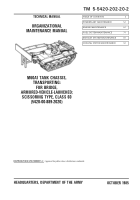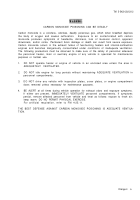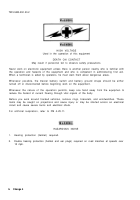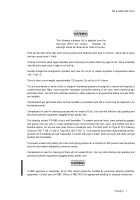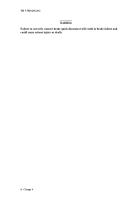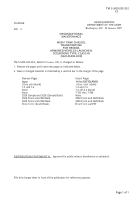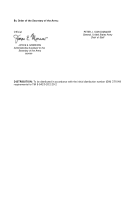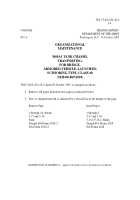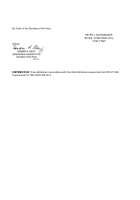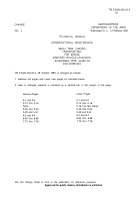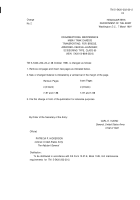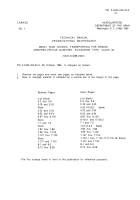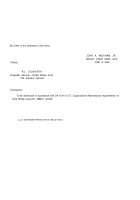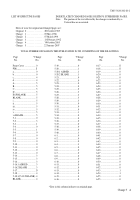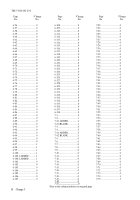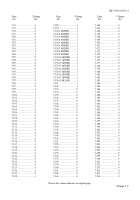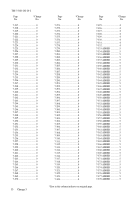TM-5-5420-202-20-2 - Page 2 of 734
TM 5-5420-202-20-2
CARBON MONOXIDE POISONING CAN BE DEADLY
Carbon monoxide is a colorless, odorless, deadly poisonous gas, which when breathed deprives
the body of oxygen and causes suffocation.
Exposure to air contaminated with carbon
monoxide produces symptoms of headache, dizziness, loss of muscular control, apparent
drowsiness, and/or coma.
Permanent brain damage or death can result from severe exposure.
Carbon monoxide occurs in the exhaust fumes of fuel-burning heaters and internal-combustion
engines and becomes dangerously concentrated under conditions of inadequate ventilation.
The following precautions must be observed to make sure of the safety of personnel whenever
the personnel heater, main or auxiliary engine of any vehicle is operated for maintenance
purposes or tactical use.
1.
2.
3.
4.
DO NOT operate heater or engine of vehicle in an enclosed area unless the area is
ADEQUATELY VENTILATED.
DO NOT idle engine for long periods without maintaining ADEQUATE VENTILATION in
personnel compartments.
DO NOT drive any vehicle with inspection plates, cover plates, or engine compartment
doors removed unless necessary for maintenance purposes.
BE ALERT at all times during vehicle operation for exhaust odors and exposure symptoms.
If either are present, IMMEDIATELY VENTILATE personnel compartments. If symptoms
persist, remove affected personnel from vehicle and treat as follows: expose to fresh air;
keep warm; DO NO PERMIT PHYSICAL EXERCISE.
For artificial respiration, refer to FM 4-25.11.
THE BEST DEFENSE AGAINST CARBON MONOXIDE POISONING IS ADEQUATE VENTILA-
TION.
Change 4
a
Back to Top

